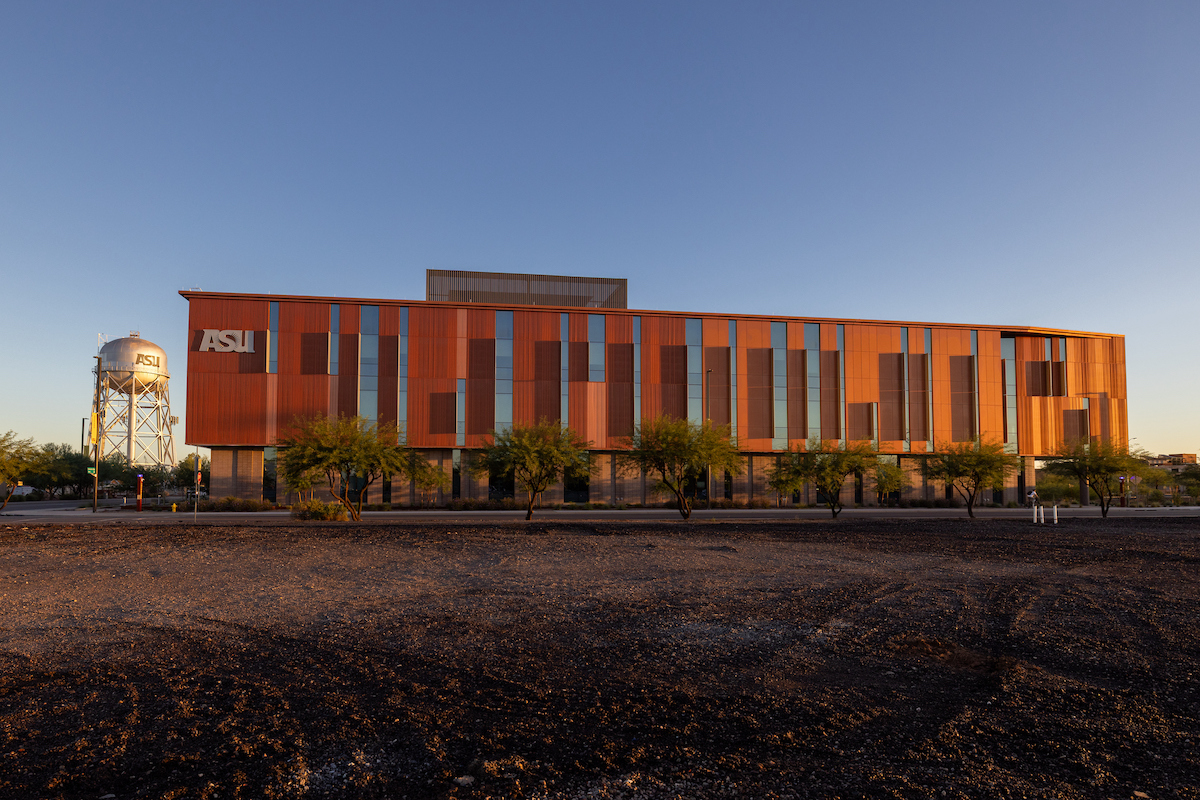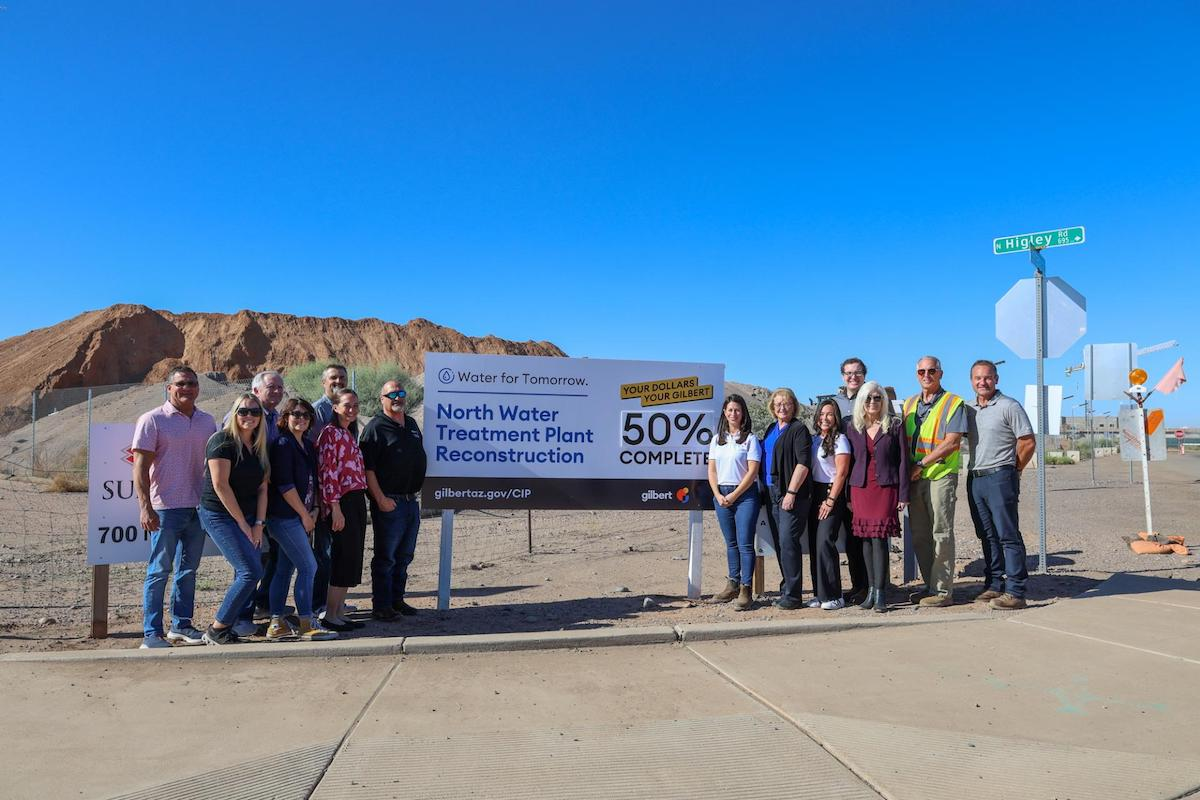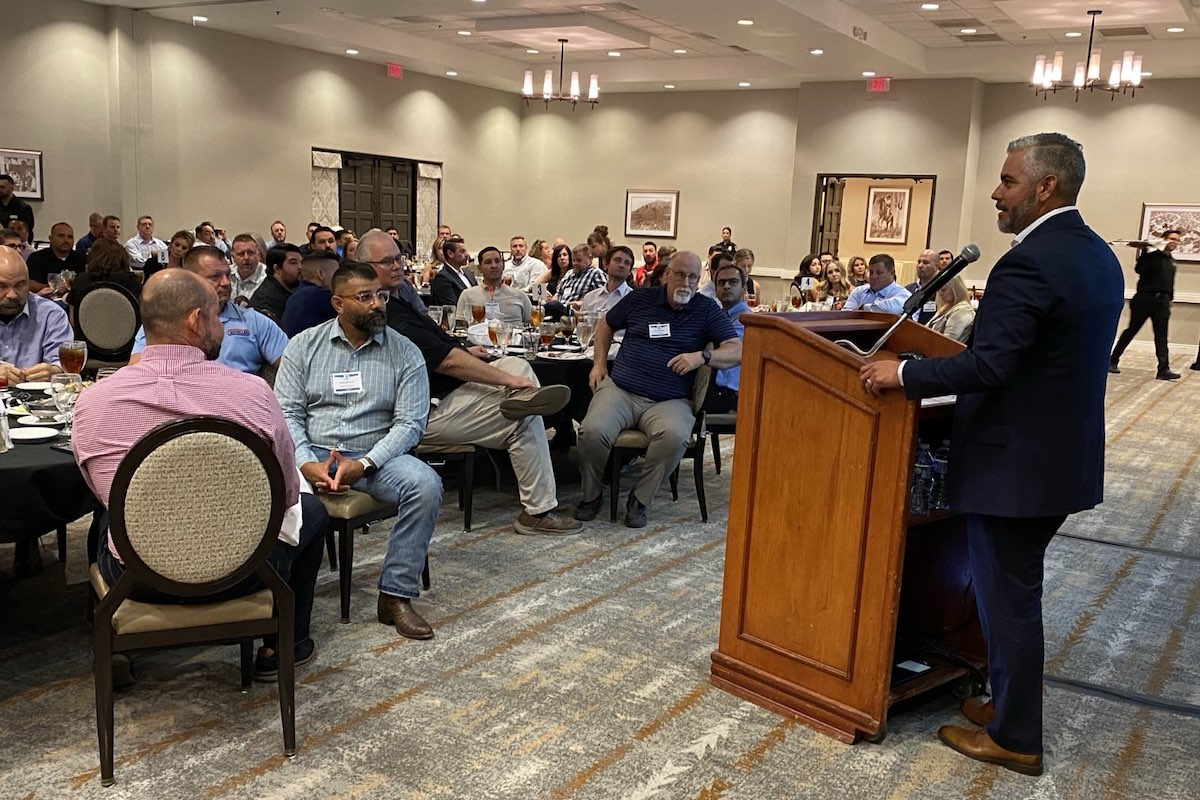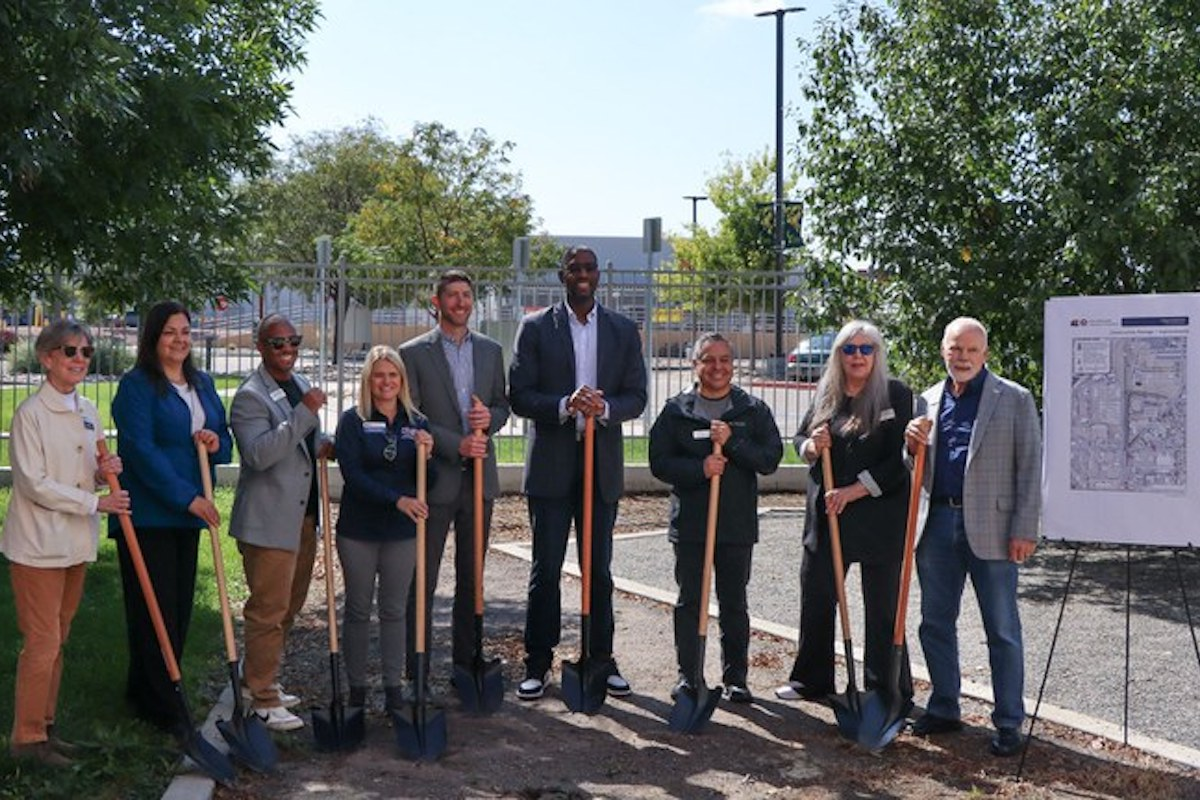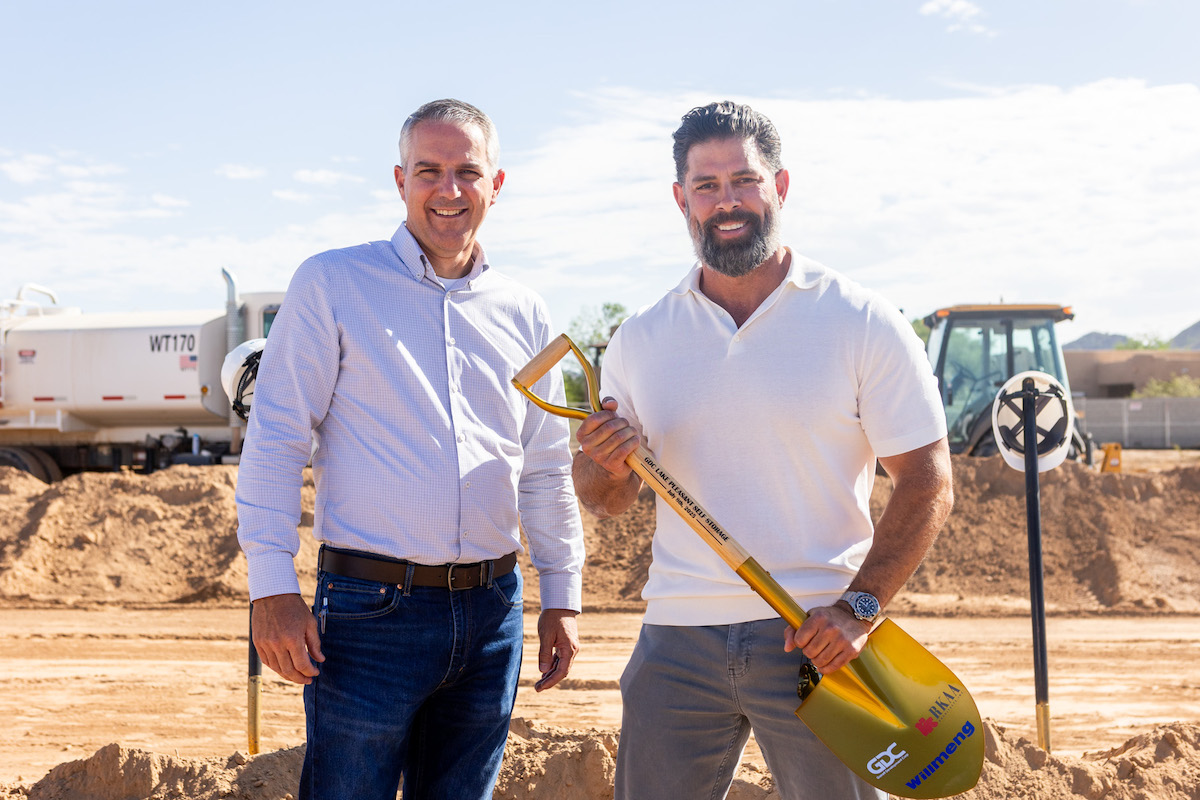“The U.S. 95 Northwest Corridor from Washington Avenue to Kyle Canyon Road is one of the fastest growing areas in Southern Nevada,” says Jenica Keller, Senior Project Manager for the Nevada Department of Transportation (NDOT). “The U.S. 95 freeway facility links urbanized Las Vegas on the south to rural Clark County and the Paiute Indian Reservation. It serves heavy regional commuter demands between predominately residential areas in northwest Las Vegas and large employment centers in downtown Las Vegas and the Las Vegas resort corridor.”
This highway also serves as the only major transportation link between Las Vegas and the Toiyabe National Forest, commonly referred to as Mount Charleston, which serves a dual role as a small community and as a recreational area for southern Nevadans, attracting thousands of vehicles every weekend, she adds.
Approximately 107,500 vehicles travel on this highway per day, which is expected increase by 49 percent to 160,000 vehicles daily by 2036.
The corridor improvement adds a lane in each direction on U.S. 95 from Washington Avenue to Kyle Canyon Road, and upgrades to interchanges and stormwater systems. From Washington Avenue to Durango Drive, crews are building a high-occupancy vehicle (HOV) lane and ramp metering facilities. Throughout the corridor, crews are improving interchanges and building auxiliary lanes in both northbound and southbound directions.

| Your local Trimble Construction Division dealer |
|---|
| SITECH Northwest |
| SITECH Rocky Mountain |
| SITECH Southwest |
The project required acquisition of additional right of way. Federal and state funds are being used for the urban widening project. NDOT has coordinated with the City of Las Vegas, a key stakeholder on this project.
“This project was designed mainly by in-house designers and engineers,” Keller says. “It is the largest design-bid-build project that NDOT has ever designed with mostly an internal team. Typically, design for projects of this size are consulted out. I’m really proud of this team, not only for getting this monster out the door, but also for the continued teamwork and success we’ve realized over the past 12 years.”
The entire corridor widening and improvement included multiple phases. Phase 1, a widening of a 6-mile stretch, cost $82 million and was completed in 2013. Phase 2A cost $86 million and was finished in 2015, and $78 million Phase 2B/5, with a diverging diamond interchange at Kyle Canyon Road, was completed on time and within budget in 2019. Phase 3A cost $44 million and finished in 2017. Phase 4, a $50 million project, wrapped up in 2011.
Capriatti Construction of Henderson, Nevada, completed phases 1 and 4, and Las Vegas Paving of Las Vegas completed 2A, 2B/5 and 3A.
“It has been a lifetime opportunity to build the interchanges,” says Abid Sulahria, Project Engineer with NDOT. “There is a lot of bridge work.”

| Your local Bobcat dealer |
|---|
| Ditch Witch West |
| Faris Machinery |
| Romco Equipment Co |
Las Vegas Paving broke ground on this phase in 2019. The contractor built temporary detours to the outside on U.S. 95 around the construction site to remove traffic. Shutdowns on CC 215 occur only at night and are limited to 20 during the entire project. “Our biggest challenge was the traffic and not shutting down U.S. 95,” Sulahria says.
Additionally, the interchange has both residential and commercial neighbors. “We are making it work,” Sulahria says. “No construction project is without a challenge.”
This phase includes the state’s second largest bridge – a 2,635-foot-long flyover, connecting northbound U.S. 95 to the westbound 215 Beltway – and a second 1,655-foot-long south-to-east flyover, being constructed at the same time. The north-to-west flyover should open by the end of the summer. The state’s longest bridge is the 1.6-mile-long Interstate 515 viaduct in downtown Las Vegas.
The longer flyover is a 75-foot-tall and 39-foot-wide box girder structure. The bridge used 14,270 cubic yards of concrete, delivered by 1,500 cement-mixer truck trips and pumped into forms. The second flyover is 60 feet tall and 31 feet wide. The flyovers cross in midair.
This section remains on time, within budget, without claims, and without casualties. The work is taking place from the top. The Centennial Bowl is scheduled to be complete this November.

| Your local Gomaco dealer |
|---|
| Faris Machinery |
| Tri-State Truck & Equipment Inc |
“This project will construct 15 new structures,” she adds. “Since Phase 3D is the final phase of the Centennial Bowl, there will be a significant landscape architectural component. We couldn’t treat any infield areas until this phase as we knew future phases would likely displace it.”
NDOT anticipates bids for Phase 3D will range from $145 million to $175 million. The department expects advertising it to bidders in May and to start construction in January 2021.
“Phase 3D will finish up a system-to-system interchange, but it also constructs a service interchange within the system-to-system interchange,” Keller says. “On top of that, we added a multiuse trail through the middle of it.”
The project should complete in 2024, and will consist of 18 total bridges with three decks, says Tony Illia, Public Information Officer for NDOT, making it Nevada’s largest and most complex interchange, serving fast growing northwest Las Vegas.
“It’s a legacy project to build this for future generations,” Sulahria concludes. “It will be a proud moment after it is done to drive over it and feel a sense of completeness, that we’ve achieved something of value for Nevada.”

| Your local Volvo Construction Equipment dealer |
|---|
| Faris Machinery |
















